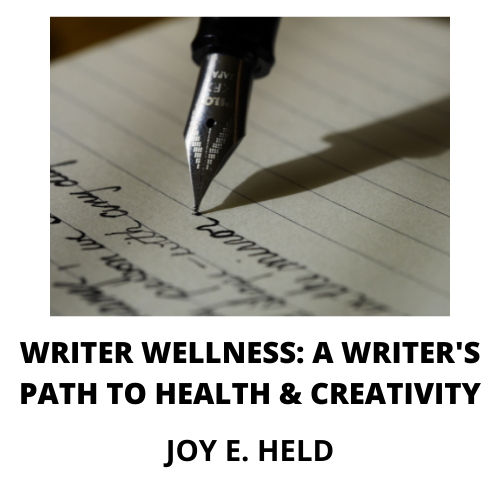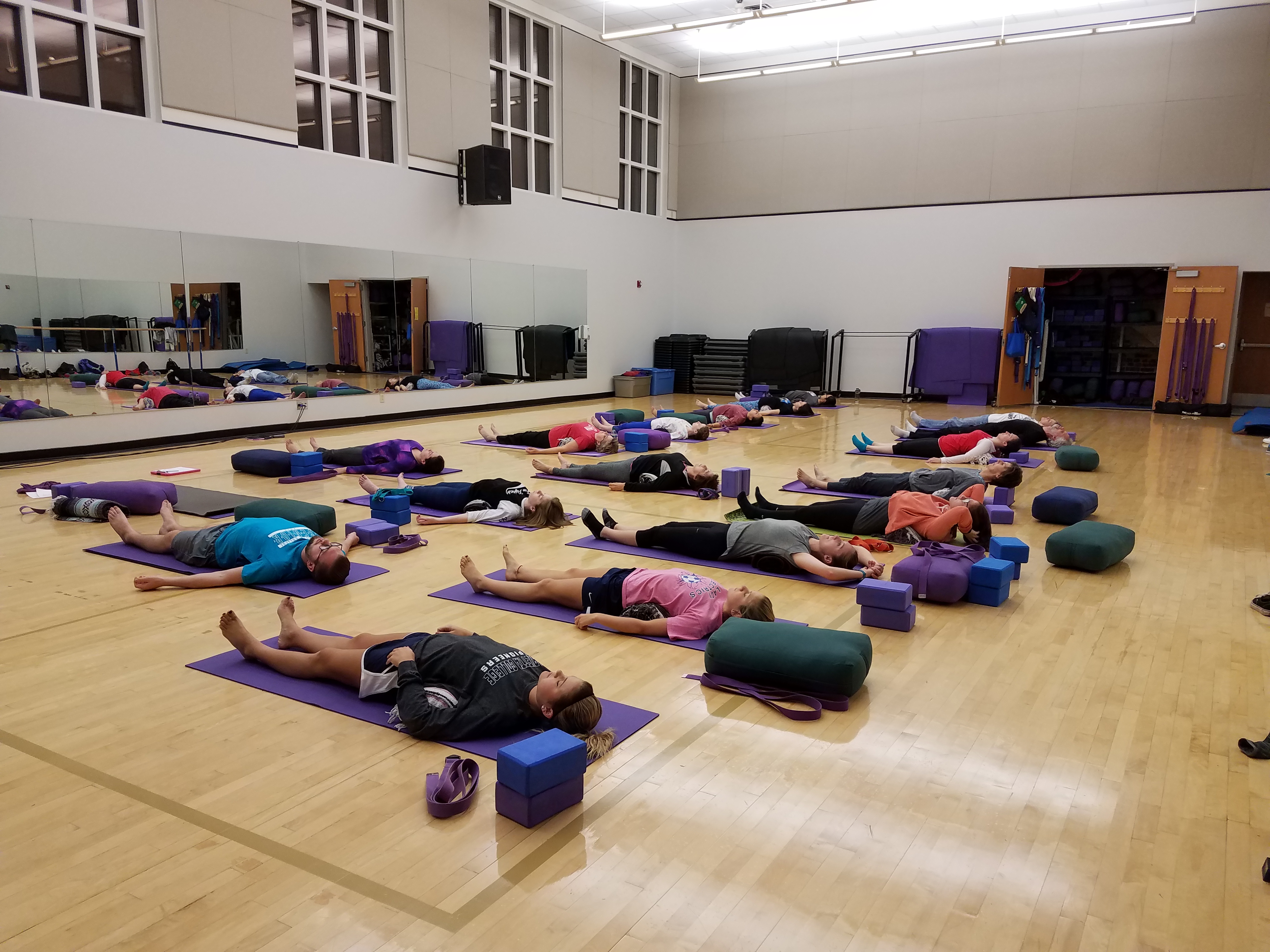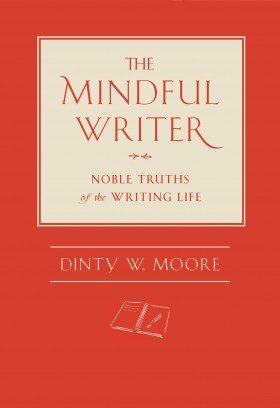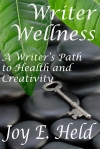
WRITER WELLNESS ONLINE WORKSHOP
STARTS: Monday, October 4
ENDS: Friday, October 29
COST: $29.00
DETAILS: Lessons, activities, and discussion covering the five key WW concepts
*Journaling
*Fitness
*Relaxation
*Nutrition
*Creative play
Taught in private Groups.io forum
12 lessons
REGISTER: Email writerwellness at gmail dot com
WRITER WELLNESS & FIVE THINGS FOR YOUR WRITING
By Joy E. Held
The idea for my book and workshop Writer Wellness: A Writer’s Path to Health and Creativity (Headline Books, Inc., 2020) came to me when some of my critique partners asked how they could be my clones. They wanted to shadow me for a week to see what I did every day that led to my prolific publishing (over 500 articles and counting,) life as a homeschooling mom, and part-time hatha yoga teacher. Up to that point, I hadn’t done any self-examination of my processes, but when they asked, I stepped back and watched myself for a month while documenting my doings and beings in a journal. This article is a peek into what I learned.
Please take out a pen and paper (or your phone or computer) and list five things you’ve done in the last thirty days to promote/support your writing.
Now list five challenges or obstacles that you believe are standing in the way of accomplishing your writing goals.
Next, list five writing wishes or desires you want to come true.
Following the Writer Wellness plan will help you to always have five things on those lists. It will also allow you to maintain a level of health and creativity that some writers are missing.
Are you happy with your writing in general?
Are you happy with your health?
Do you ever notice a direct relationship to the productivity and quality of your writing and quality of your life?
A physically, mentally, and emotionally healthy individual is by far a more productive, creative, and pleasant person. This is evidenced by the fact that many corporations have implemented programs to keep employees happy and healthy. Programs range from day care centers in the workplace to personal trainers for every ten employees. A healthy, happy employee is more productive, misses less work, and is a more cost-effective employee.
As a writer, you are the employer and the employed. Happiness, productivity, and health are definite factors in the quality of work you produce. It is therefore in your best interest as a writer to do everything you can to stay healthy and be the best writer you can be.
But where are you supposed to get the time? Let’s not jump ahead of ourselves to the time factor. Hopefully, you will instinctively see that working these ideas into your life will make positive use of your time while adding to the quality of your life and the productivity of your work.
The whole premise of Writer Wellness is that creativity and productivity are crucially dependent upon an overall quality of life. This includes the physical, mental, emotional, communal, and spiritual aspects of life.
To serve the purposes of Writer Wellness, I’ve broken down a writer’s quality of life into five interdependent components necessary to sustain a healthful, creative life.
The five key concepts of Writer Wellness are JOURNALING, EXERCISE, RELAXATION, PROPER NUTRITION, AND CREATIVE PLAY. These areas contribute to an overall wellness way of living and working.
I was raised in my mother’s dancing school. Before she retired after 52 years, she kept the books, wrote the grants and publicity announcements, directed weekly rehearsals, and taught five ballet classes a week. Thanks to her excellent example, the principles of physical fitness and eating right were pounded into me from an early age. At age fourteen, I began the Writer Wellness life (even though I hadn’t labeled it yet,) when a local newspaper carried a weekly column I wrote about my junior high school. I saw my name in print. I was hooked. From then on, I was a dancer and a writer.
I discovered yoga, meditation, and modern dance in college, and everything fell into place for me. Thirty plus years later, I still journal almost daily unless I’m working intensely on a writing project, exercise five to six times a week, follow a strict eating plan with supplements, practice daily meditation, and engage in creative play through art journaling, crafting, and scrapbooking.
When other writers in my critique group asked me how I published so much, I reviewed my life and named the process “Writer Wellness.” Now I teach other writers the basic principles and encourage them to find their own versions of the five concepts.
Today I maintain myself as a writer by incorporating each of the five key concepts of Writer Wellness into my day. Depending on obligations and scheduling, I’m able to journal, exercise, follow a prescribed food program, and meditate seven days a week. The creative play happens more on the weekends when I’m not writing, editing, promoting, or teaching online. I have two new book releases in 2020, a two-book contract with an independent publisher, teach college English composition online, teach hatha yoga three times a week, and run online workshops for various writing associations. I’m also on the board of directors for my RWA chapters.
You can do this as well.
Looking back to the lists of five things you made at the beginning of this article, make a pact with yourself to create a new way of life that will support your goals as a writer and a healthy, productive person. My book and workshop will show you the way so that you’ll always have five things done every month to help you live the writing dream.
The workshop I’m leading October 4-29, 2021 is a detailed look at the five key concepts of Writer Wellness and an exploration of how you can incorporate the practice into your life. With Writer Wellness as the foundation, you can achieve the writing dreams and personal goals you desire.
Be well, write well. See you in workshop!
All good things,
Joy
WRITER WELLNESS ONLINE WORKSHOP
STARTS: Monday, October 4
ENDS: Friday, October 29
COST: $29.00
DETAILS: Lessons, activities, and discussion covering the five key WW concepts
*Journaling
*Fitness
*Relaxation
*Nutrition
*Creative play
Taught in private Groups.io forum
12 lessons
REGISTER: Email writerwellness at gmail dot com


 A Liquid Mind Can Be Messy
A Liquid Mind Can Be Messy








